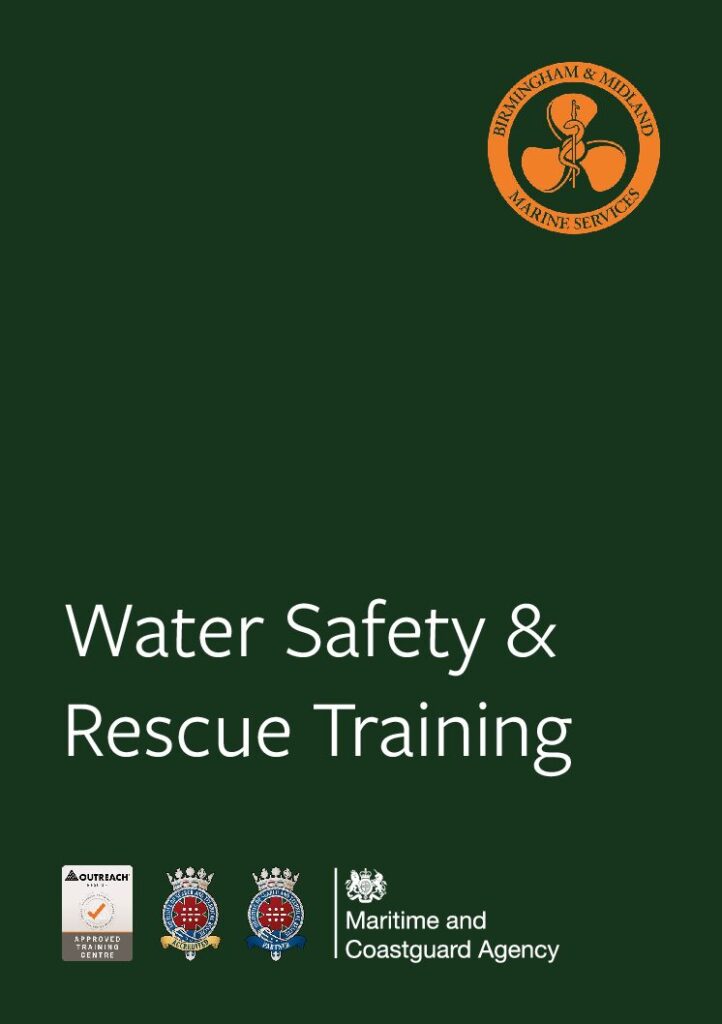DEFRA Module 2) Outreach Rescue ‘Water Safety / Rescue First Responder’
The ‘Water Rescue First Responder’, two-day course complies with the DEFRA ‘Flood Rescue Concept of Operations’ scheme at DEFRA Module / Level 2).
Aim
To enable students to further understand the issues and hazards associated in working on, near and in water and to undertake a suitable rescue response.
Course Content
- Use of PFD / Life Jacket
- Throwline Characteristics
- Throwline Practical
- Swimming Skills Defensive and Aggressive swimming techniques
- Rescue from Water
- Limitations of Training
- Identification of hazards in the water environment
- Risk mitigation
- Hydrology: Still water & River
- Safety measures when working near water.
- Physiology effects of cold-water entry
- Physiology of drowning
- Emergency action planning
- Low risk rescue options
- Hierarchy of rescues
- Rescue equipment – throwbags, wading poles and reach rescue system.
- Aquatic PPE including drysuit user’s induction, lifejackets, and buoyancy aids.
- Wading – individual & group
- Flood environment considerations
- Co-worker rescues from the bank
- Accidental Immersion – Defensive & aggressive swimming in the event of an accidental immersion
- Health and welfare
- Medical considerations
- Contamination
- Scene management
- Hydrology and associated hazards
- Correct use of PPE
- Self-Rescue
- Use of rescue equipment including lines, reach poles.
- Movement in Shallow water
- Casualty Management
- Communication systems
Outcomes
After successful completion of the course, the student will have a firm foundation of knowledge and skills and should be able to:
- Within a range of water environments, assess the influences and apply processes to establish suitable dynamic risk assessment.
- Interpret the impact of water flow, hazards such as stoppers, in-water obstacles, mud, ice, etc.
- Assess those at risk, risk areas and influence of environmental issues, temperature, wind, rainfall, hazmat, etc.
- Apply safe working practices and understand the issues surrounding choice and application of PPE, skills’ maintenance, and development issues.
- Analyse the issues of shallow water crossings, use of appropriate lines and evacuation procedures.

